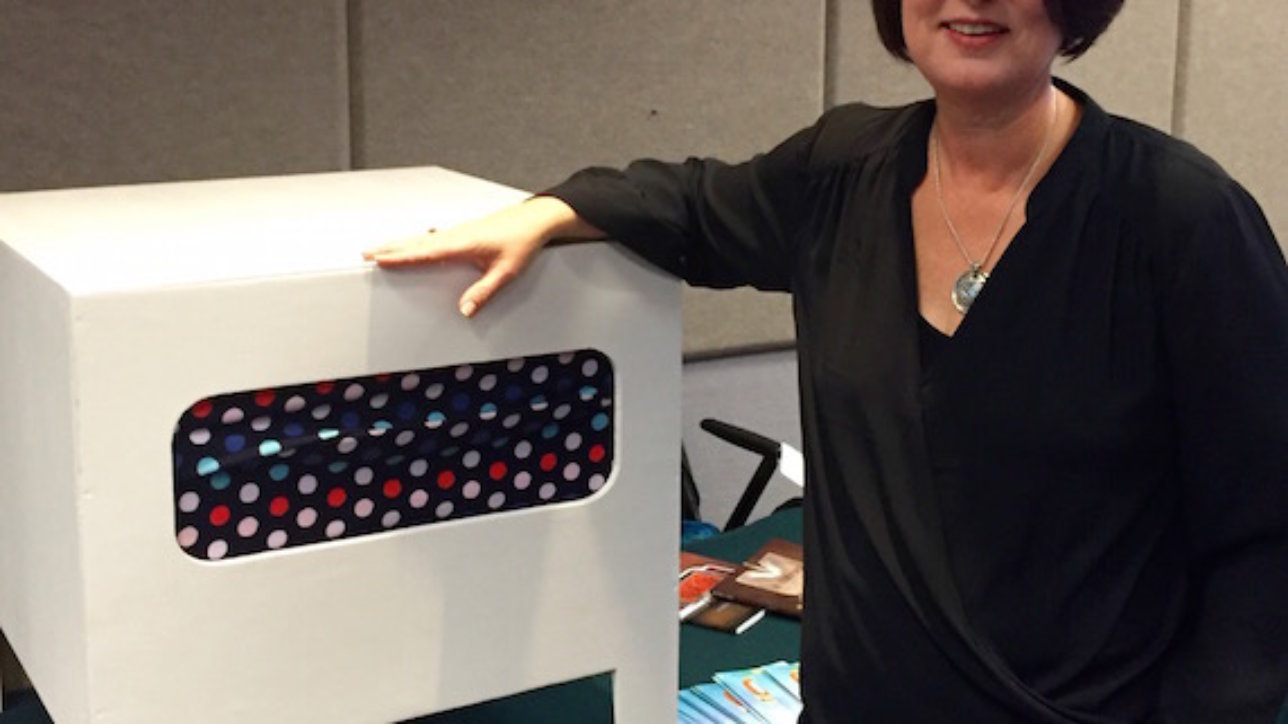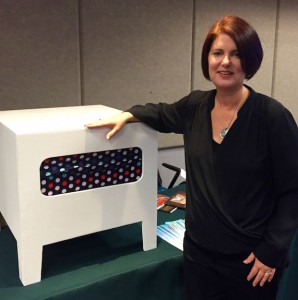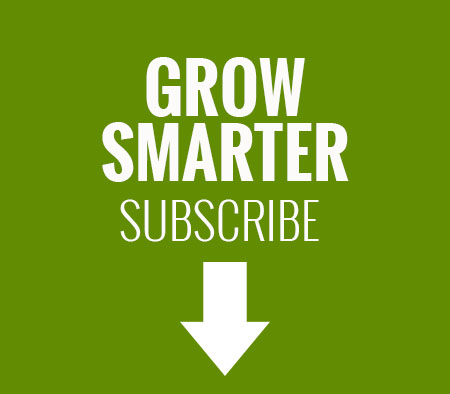
Credit: PhotoSpin.com/Andres Rodriguez
I recently found out the answer to that very question. I’ve been a very frequent flyer for years, and this past summer was absolutely the worst air travel I’ve ever experienced. I can count on one hand the number of flights I took that weren’t delayed or, even worse, cancelled.
But one of those bad situations turned into a customer service experience that went way beyond what I’d call “going the extra mile.”
Pittsburgh or Bust
Late one summer afternoon, I found myself at the Outagamie County Regional Airport in Wisconsin. I was filled with energy because I’d just completed one presentation for a very happy client, and was heading to present to a new client in Pittsburgh the next morning. The CEO himself was going to attend, so I was feeling great.
It’s a small airport, so there were only three outgoing flights left for the day: one to Minneapolis, one to Detroit and one to Atlanta. I was booked on the flight to Minneapolis. The lovely lady checking me in realized that my flight was delayed, and that I would miss my connecting flight, so she booked me on the flight to Detroit and then on to my final destination. Still great.
All Detroit-bound passengers boarded the flight, ready to go. Except that there was a mechanical issue with the plane. We all trooped off the plane and waited. We watched the flight to Minneapolis take off. I discovered that my connecting flight to Pittsburgh had also been delayed, so I would have been able to make it. Not great.
We watched the flight to Atlanta take off. Even worse.
And, then our flight was cancelled. But I had to get to Pittsburgh!
The gate agent, a good-humored, slightly disheveled young man with half his shirt untucked, looked at me and said, “Lady, you’re not gonna make it.”
To which I replied, “Watch me.”
By the Seat of My Pants
Now, I could have rented a car and driven there all night myself, but as you can imagine, I really wouldn’t have been in the best shape to give a knockout presentation. I needed to get some sleep and still get there. I had an idea.
From my back pocket, I pulled out the business card my taxi driver had just given me and called Fox Valley Cab. Explaining my plight, I asked if they could drive me to Pittsburgh, a mere 10-hour drive away.
Less than ten minutes later, company owner Igor Leykin called me back and said the magic word: YES. And less than ten minutes after that, driver Gina McGuire (who previously drove for the Army in Germany) pulled up in a minivan and we headed out of town. I called my client in Pittsburgh, who graciously moved our meeting time back 30 minutes, giving us a fighting chance.
We stopped briefly a couple times for gas, food and bathroom breaks. I was able to sleep in the back seat for several hours. Gina drove on.
Somewhere in Ohio, a very polite state trooper gave us a speeding ticket. Gina drove on.
I woke up the next morning and proceeded to change my clothes, put on my makeup and run through my presentation one last time in the back seat of the minivan as Gina drove closer to Pittsburgh. We realized, in horror, that we’d gone from the Central to the Eastern Time Zone, losing 60 crucial minutes. Would we make it on time?
Gina delivered me to the door of my client’s building and I breezed into the conference room with five minutes to spare.
Afterward, I stopped at my hotel for a shower and a nap before heading to the airport for the flight home to Oregon. Gina checked into a hotel for some rest before turning the minivan back around and driving home to Wisconsin.
“As Simple As That”
Later, I called Igor to thank him again and to ask what made him say “yes” to me. I’m in the professional service business, and have a tremendous passion for delivering more than my clients expect. But I was impressed that a cab company in Wisconsin shared the same passion.
“Since we serve customers at the airport all the time, I know that they have a lot of cancellations,” Igor explained. “And you obviously had a major need. Now some things fell into place that made it possible. A driver had to step up and say yes. Gina had just come on shift and was up for the challenge. I made sure she had everything she would need: cash, an IPass for the Chicago toll roads and a company credit card.”
“I’ve been in customer service for 30 years,” he said. “I’ve seen how you should do it, and how you shouldn’t. At Fox Valley Cab, we always err on the side of the customers. We had the ability to help; it’s what we wanted to do. It’s as simple as that.”
So, what would you do? Do you really go the extra mile for your customer? How about an extra 1,400 miles in a cab?
If you’re ever in Appleton, Wisconsin, be sure to call Fox Valley Cab at 920-734-4545. Tell them the lady who needed a ride to Pittsburgh sent you.















